How to Personalize Your SMS Campaigns for Better Engagement
Personalization is key to successful marketing campaigns, and SMS marketing is no exception. By tailoring your messages to individual preferences and behaviour’s, you can significantly enhance engagement and drive better results. This blog explores how to personalize your SMS campaigns effectively, ensuring you connect with your audience on a deeper level.
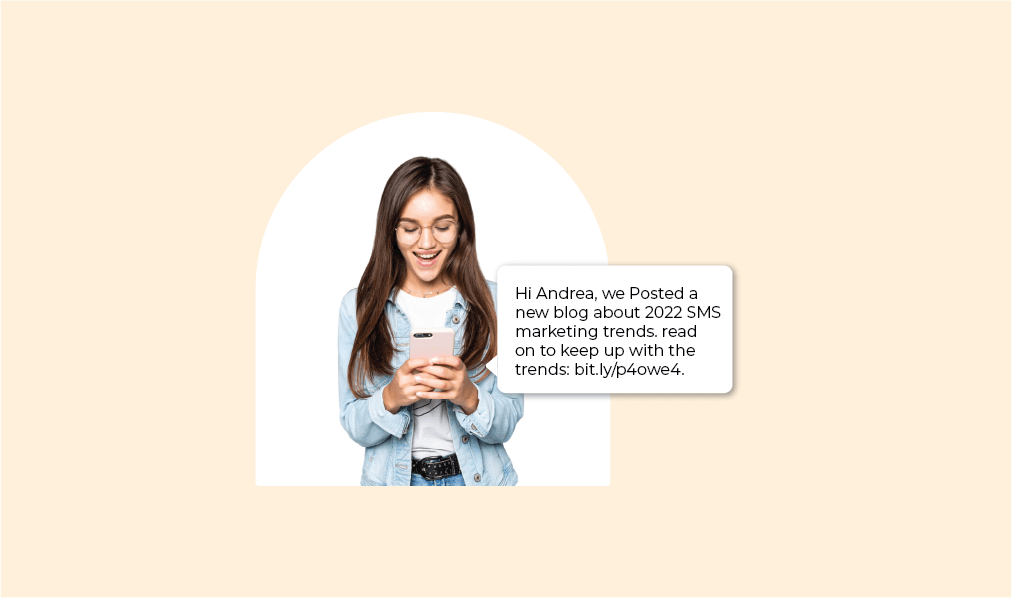
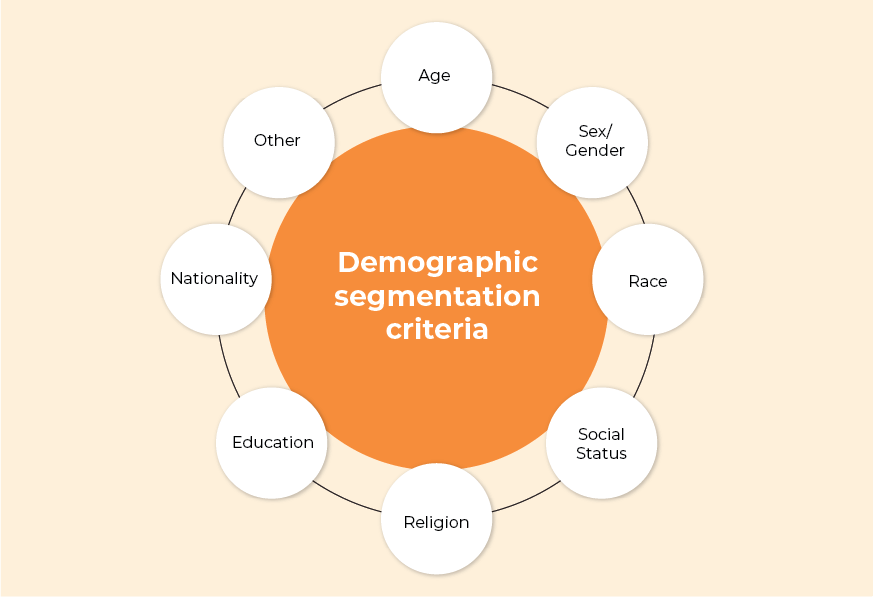
Understanding Personalization in SMS Marketing
Personalization in SMS marketing means using customer data to craft messages that are relevant to each recipient. This can include using their name, referencing past purchases, or sending tailored offers based on their preferences.
Collecting Customer Data
To personalize your SMS campaigns, you first need to gather relevant customer data. This can be done through various methods:
- Sign-Up Forms: Collect information such as name, birthday, and preferences during the sign-up process.
- Purchase History: Analyse past purchases to understand customer preferences and buying behaviour.
- Surveys and Feedback: Use surveys to gather additional information directly from your customers.
Segmenting Your Audience
Segmenting your audience allows you to send targeted messages to specific groups based on shared characteristics or behaviour’s. Common segmentation criteria include:
- Demographics: Age, gender, location, etc.
- Behavioural Data: Purchase history, browsing behaviour, etc.
- Engagement Level: Frequency of interaction with your brand.
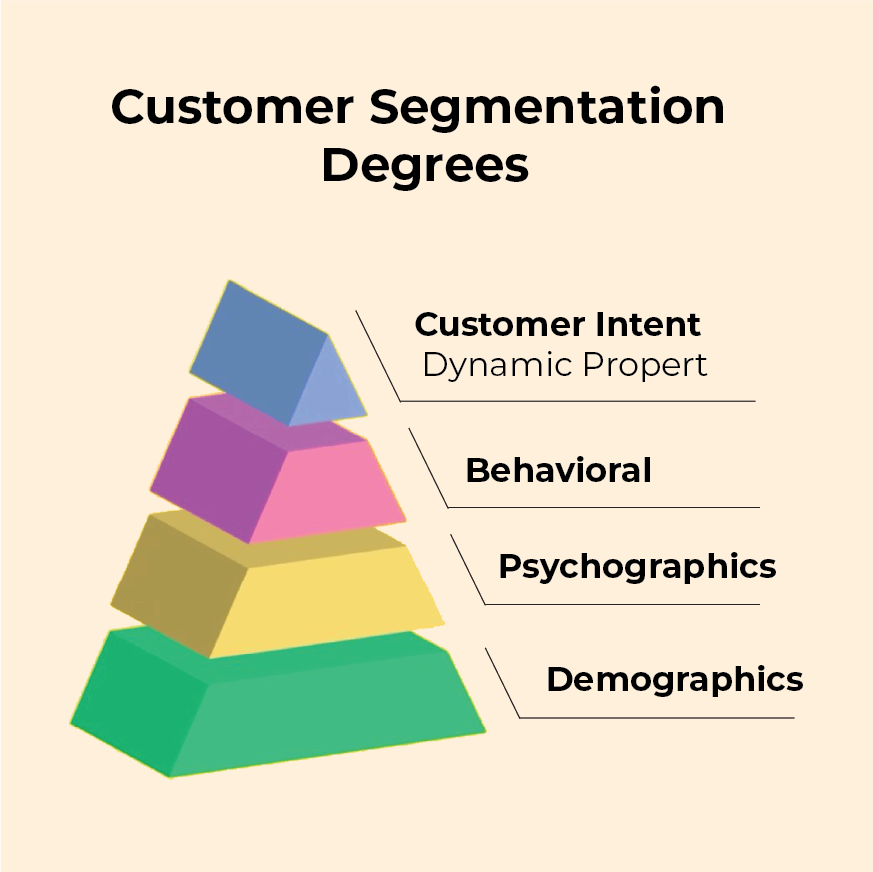
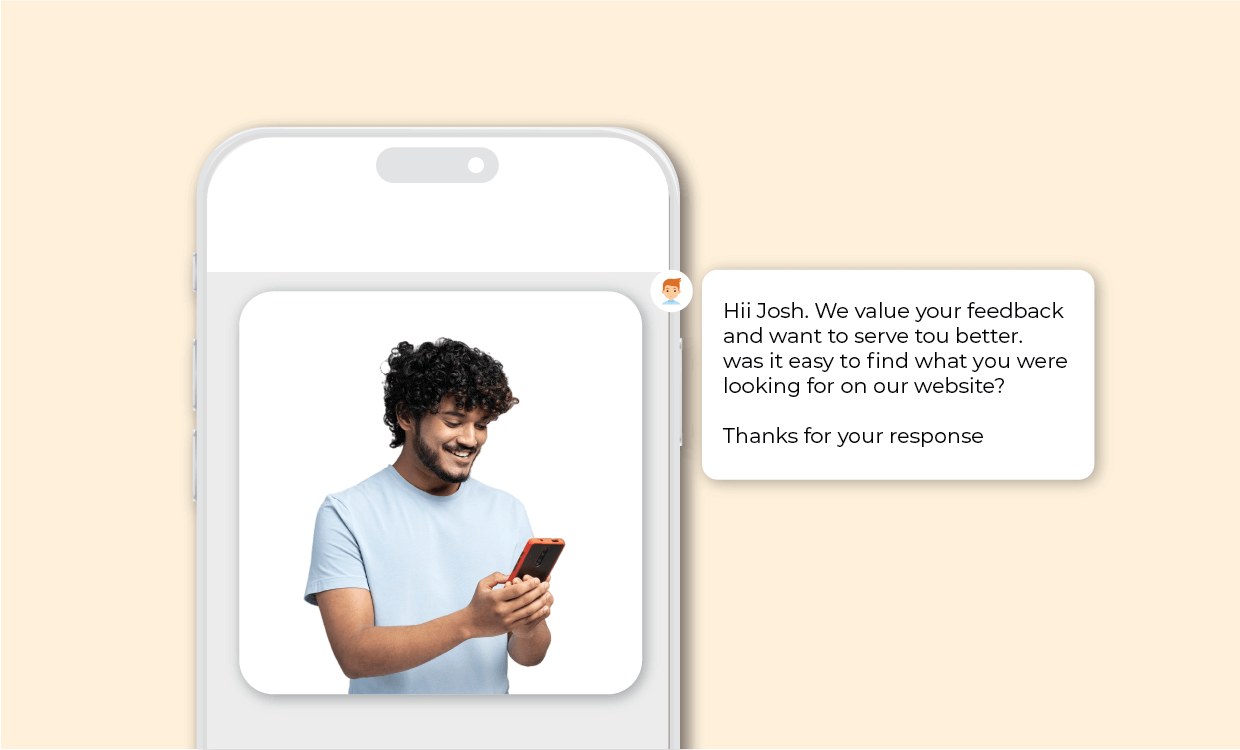
Crafting Personalized Messages
When creating personalized SMS messages, consider the following tips:
- Use the Recipient’s Name: Start the message with the recipient’s name to grab their attention.
- Reference Past Interactions: Mention previous purchases or interactions to make the message more relevant.
- Offer Tailored Discounts: Provide discounts or offers based on the recipient’s preferences or past behaviour.
Timing and Frequency
Sending messages at the right time and frequency is crucial for maintaining engagement without overwhelming your audience.
- Optimal Timing: Analyse your audience’s behaviour to determine the best times to send messages.
- Frequency Control: Avoid sending too many messages in a short period. Instead, focus on sending valuable and relevant content.
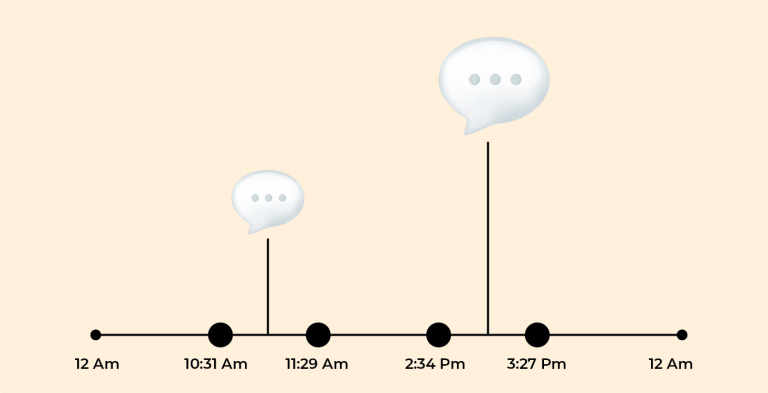
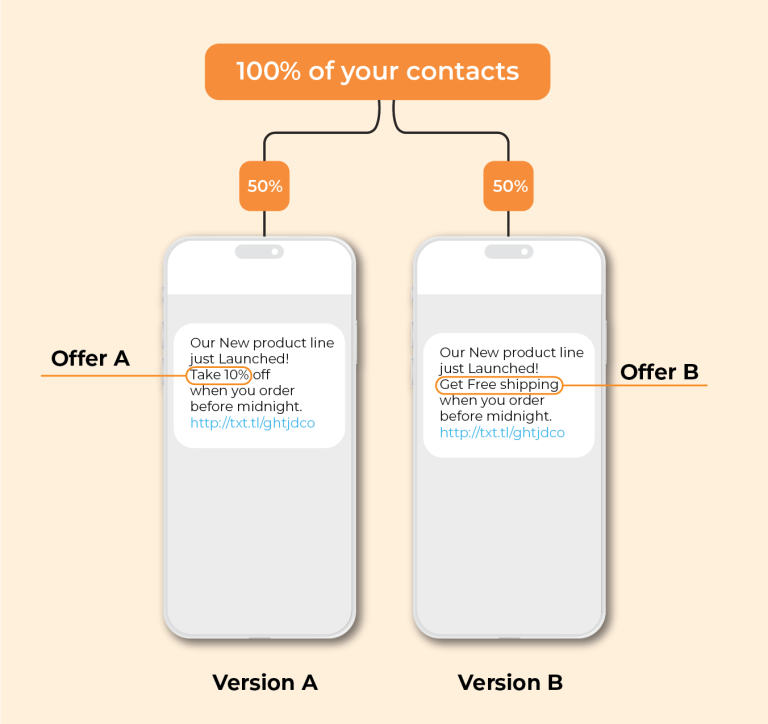
A/B Testing and Analysis
A/B testing involves sending different versions of your message to see which performs better. This helps you understand what resonates most with your audience.
- Test Different Elements: Experiment with different message content, timing, and call-to-actions.
- Analyse Results: Use analytics to measure the performance of each variation and refine your strategy accordingly.
Leveraging Automation Tools
Automation tools can help streamline the process of personalizing your SMS campaigns. These tools can segment your audience, schedule messages, and analyse performance data.
- Segmentation: Automatically segment your audience based on predefined criteria.
- Scheduling: Schedule messages to be sent at optimal times.
- Analytics: Track and analyse the performance of your campaigns.
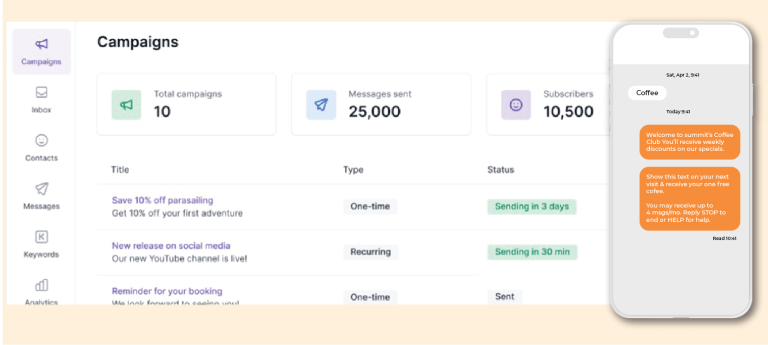
Personalizing your SMS campaigns can significantly boost engagement and drive better results. By collecting and leveraging customer data, segmenting your audience, crafting personalized messages, timing your campaigns effectively, conducting A/B tests, and using automation tools, you can create a more relevant and engaging experience for your customers.







